At Rx-Safety, we proudly offer a wide range of high-index Glasses to provide optimal solutions for individuals with strong prescriptions. We carry a variety of high-index lenses, each with its unique benefits. Let’s explore them in more detail:
1.67 Index: Our 1.67 index lenses are popular for those with moderate to high prescriptions. These are thinner and lighter than standard plastic lenses, offering improved comfort and aesthetics. The available lens options are clear, sunglass tints, Polarized Gray and Brown, and transition lenses in Signature and Xtractive, allowing you to customize your eyewear to your preferred style and functionality. With excellent optical performance, they minimize distortions and provide clear vision. They balance lens thickness, weight, and affordability, making them a versatile option for many wearers.
1.70 Index: For individuals seeking an even slimmer lens profile, our 1.70 index lenses are an excellent choice. These lenses are thinner and lighter than 1.67 index lenses, providing enhanced comfort by reducing the weight on your nose and ears. You can choose the perfect lens option in clear and sunglass tints to suit your needs and preferences. With their exceptional optical clarity and reduced distortion, you can enjoy sharp and accurate vision, especially if you have moderately high prescriptions.
1.74 Index: Our 1.74 index lenses are designed for those with very high prescriptions. These lenses are the thinnest and lightest high-index lenses available. They offer the thinnest and lightest plastic lens, creating a more cosmetically appealing and comfortable wearing experience. You can select the lens type that suits your style and vision requirements in clear, sunglass tints and transitions. With exceptional optical performance, these lenses minimize aberrations and deliver excellent visual clarity, meeting the needs of wearers with strong prescriptions.
1.80 Index (Glass High Index): If you desire the ultimate optical quality, our 1.80 index lenses are perfect. These high-index glass lenses offer exceptional clarity and durability. They are thinner and lighter than regular glass lenses, ensuring improved comfort. Available in clear only, these lenses provide the highest level of visual acuity. They create a stylish and reliable eyewear option for those with strong prescriptions when paired with high-quality frames.
At Rx-Safety, we understand that every individual has unique visual needs. That’s why we offer a range of high-index lenses, allowing you to find the perfect fit for your prescription, preferences, and budget. Please see below to explore our suggested high-index lens frame styles. If you already have a pair of glasses and are looking for lens replacement options, we also provide high-index lens replacements. Please click the link CLICK HERE.
High-index lens material refers to a type of optical material used to make lenses with a higher refractive index than standard lens materials. The refractive index determines how much a lens can bend or refract light. High-index lenses bend the light more efficiently, allowing for thinner and lighter lens profiles.
Traditionally, standard plastic or CR-39 lenses have a refractive index of 1.49. In contrast, high-index lenses have a refractive index that typically ranges from 1.60 to 1.74 or higher, depending on the specific material.
The higher refractive index of high-index lens materials allows them to bend light more effectively, reducing the material needed to correct vision and resulting in thinner and lighter lenses. This is particularly advantageous for individuals with stronger prescriptions, as it helps eliminate the bulkiness and weight often associated with thicker lenses.
High-index lens materials are available in various types, including plastics and glass. Each material has unique properties and benefits regarding lens thickness, weight, clarity, and impact resistance.
High-index lenses offer several advantages for individuals with specific vision needs, but there are also a few considerations or trade-offs to consider. Here are the plus and minus points of high-index lenses:
Advantages of High-Index Lenses:
Considerations of High-Index Lenses:
There are several reasons why you may want to consider high-index Glasses:
It’s important to note that the lens index choice depends on your prescription and lifestyle needs.
The most popular high-index lens material is 1.67. There are a few reasons for its popularity:
Overall, the combination of reasonable cost, extensive lens options, and ease of manufacturing makes 1.67 high-index lenses the most popular choice among individuals seeking thinner and lighter lenses.
An anti-reflective (AR) coating on your high-index glasses is highly recommended and can offer several benefits. Here are some reasons why you should consider adding an anti-reflective coating to your high-index lenses:
It’s important to note that while an anti-reflective coating offers numerous benefits, it may add to the cost of your lenses. However, many people find the improved visual comfort, clarity, and aesthetics the coating provides well worth the investment.
High-index lenses have advantages, but it’s essential to consider their suitability for your prescription. Here’s a simplified explanation:
If you have a high prescription, high-index lenses can be a game-changer. Their advanced technology allows for significantly thinner and lighter lenses, eliminating traditional lenses’ bulky and heavy feel. You’ll love how they enhance your appearance and provide a more comfortable wearing experience. Say goodbye to the days of thick, unflattering lenses and hello to a sleek and stylish look that matches your unique personality.
However, high-index lenses’ benefits may be nothing if you have a standard prescription. Standard lenses can correct your vision without the need for high-index lenses. Ordinary lenses can be just as good, if not better, at a fraction of the cost.
Yes, there is a noticeable difference in thickness between 1.67 and 1.74 high-index lenses. When referring to lens thickness, these numbers represent the index of refraction for the lens material. A higher index of refraction allows lenses to be thinner for the same prescription power.
Generally, the higher the index of the lenses, the thinner the lenses will be. Therefore, 1.74 high-index lenses are thinner than 1.67 high-index lenses.
The difference in thickness between 1.67 and 1.74 index lenses for a -8.00 prescription will vary based on the specific lens design and frame choice. However, as a general guideline, the difference in thickness can be estimated to be around 10-15% or more.
Please note that these figures are approximate and vary depending on lens design and frame size.
The difference in thickness between these two indices may not be significant in all cases. The improvement in thickness becomes more noticeable with higher prescription powers. If you have a mild prescription, the difference between 1.67 and 1.74 lenses may not be as dramatic.
Yes, we do offer high-index transition lenses. We provide the Transition Signature Series and Transition Xtractive lenses in grey and brown tints. These lenses are available in the 1.67 index, which offers excellent thinness and lightness while providing transition functionality. We also offer Transition Signature lenses in the 1.74 index, ensuring optimal visual performance for those with stronger prescriptions. The grey and brown tints provide versatile options to suit different preferences and complement various frame styles. Feel free to explore our range of high-index transition lenses and choose the one that best suits your needs.
Showing 1–12 of 14 results
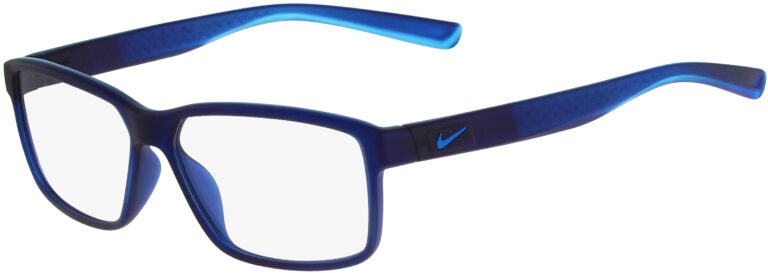
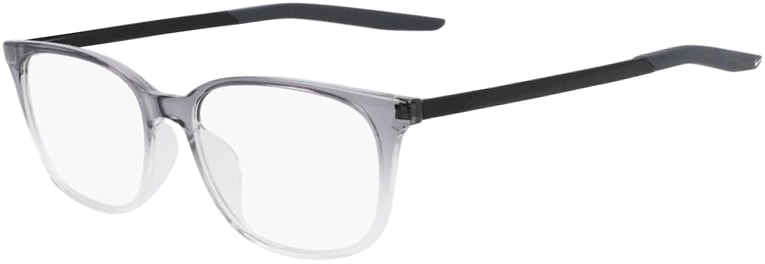



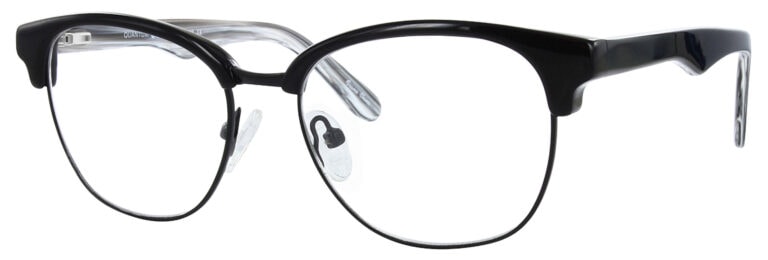
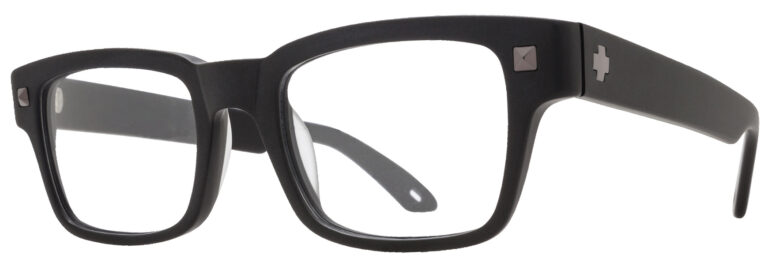
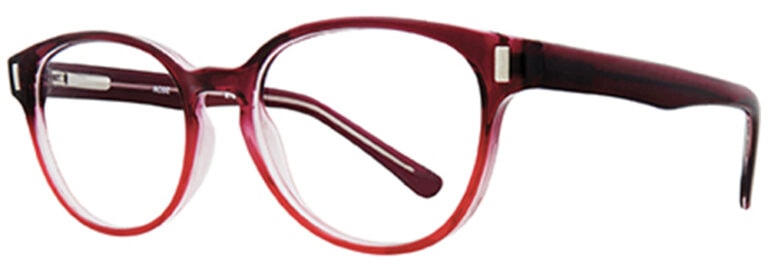
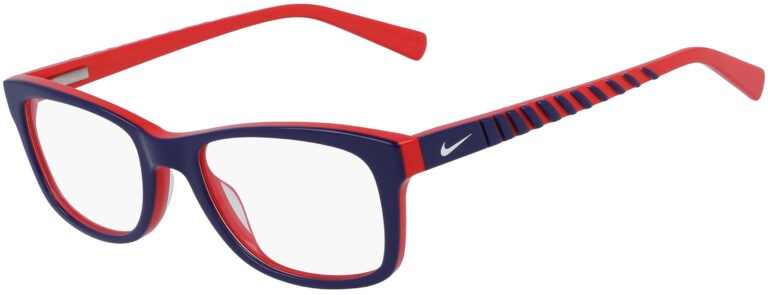



Stay on top of the latest news about prescription safety glasses, eyewear, sunglasses, and all the trends in the industry.
DISCOVER NOWBe the first one to know about promotion, new products, and more.
Follow Us On Instagram @rx_safety